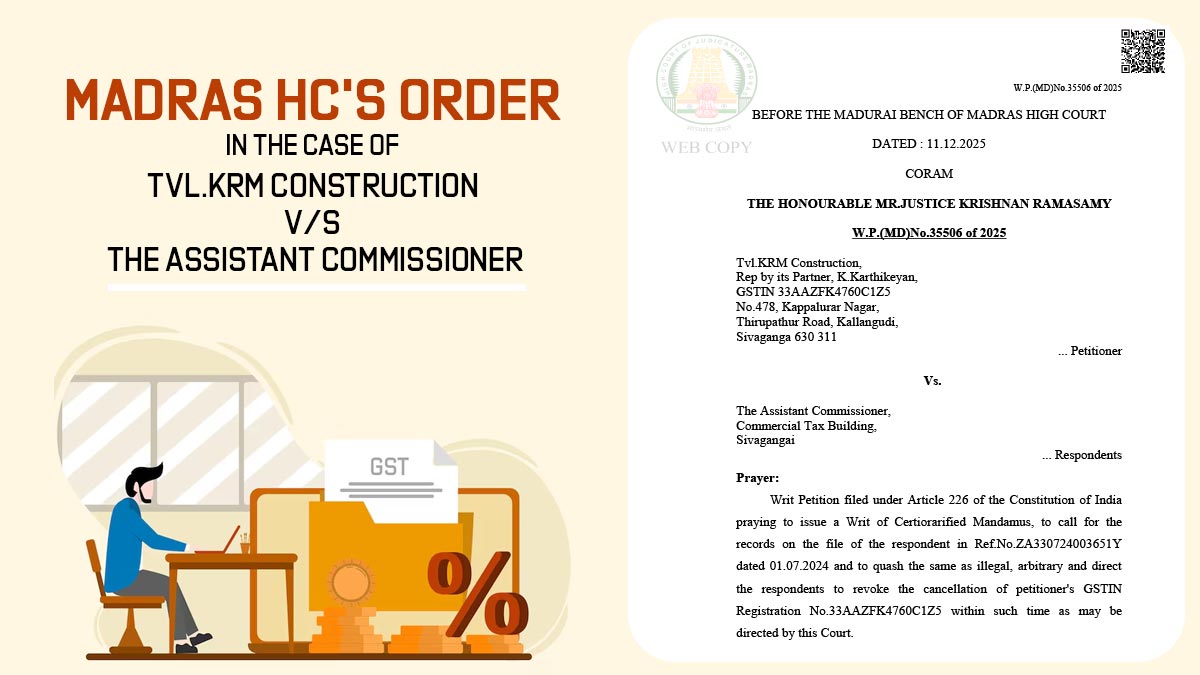Recently, the goods and service tax (GST) authorities are seen in a hyperactive mood tightening their reigns on the taxpayers, who are found guilty of not paying their tax dues. The end of the financial year can be termed as the trigger event for making taxman authorities alert against the tax shortfalls. It is also essential for the tax authorities to take requisite steps in order to improve the overall macroeconomic outlook of the country. Thus, the individuals falling short of clearing their tax dues have been noticed by the tax authorities to pay the remainder of their tax dues.
For those who are a bit unfamiliar with the GST demand notice, the possibility of reconciling data rely on the taxpayers as mentioned under the GST Act. If they fall to submit their tax dues, then they can be served with a notice. The tax authorities generally issue the notice after they found that a particular taxpayer has acted suspiciously, or tax authorities obtain the proof of non-payment of tax dues. Similarly, if authorities find a mismatch or misrepresentation in tax information submitted then also a demand notice can be issued by the indirect tax department.
The excess utilization of input tax credit limit and failure due to short-payment of tax may also result in demand and recovery notices by the GST team. The provisions of demand notice and recovery mentioned under the GST Act is very similar to the provisions coded in the Service Tax and Central Excise Acts. Any proceedings made by GST officers for verifying a particular taxpayers GST returns is solely based on the hints or input data received from other government entities or third parties. Many times, notices are also issued by the tax authorities for obtaining detailed information from the taxpayers. The proper officer generally issues a show cause notice to the taxpayers. Receiving such notices by taxpayers requires them to settle all their tax-related dues along with interest and penalties.
In case of the tax shortfall, a tax officer is required to issue a show cause notice to the tax defaulter with the specified time limit. Currently, this time limit is set to three months before the expiry of three years from the due date for filing of annual returns for the financial year to which the amount belongs. A taxpayer also has an option to pay the tax along with interest before the GST officer issues the notice and inform the officer in writing before the same. In such a scenario, the GST officer does not issue a tax shortfall notice. However, the tax officer does have the option to reissue notice to the defaulter, if the paid the tax paid falls short.
No penalty is levied on the taxpayers will they settle all their days within 30 days from the date of the notice. All proceedings (excluding proceedings u/s 132,i.e., prosecution) regarding the notice are stopped too. If the taxpayer decides to contest against the issue notice, then the tax officer must oblige to taxpayer representation and then calculate interest along with the penalty. A penalty of around 10% is levied against a minimum amount of INR 10,000.
The detection of unpaid/short paid tax, or availing/utilising excess input tax credit, or wrong refunds, or willful misstatement/suppression of facts by the tax authorities also leads to the issuance of a show cause notice to the taxpayer found guilty. Afterwards, it is mandatory for defaulter to pay the tax amount along with the penalties and interest. The inquiring officer must also issue a notice before six months of the expiry of time limit (maximum five years in case of fraud) to the taxpayer.
Read Also: Forget GST Evasion of Lakhs and Crores! Even Mismatch of 70 Paisa Gets Notice
A penalty of 15% must also be paid by the taxpayer along with interest for the tax dues, in case, dues are paid before the notice/statement is issued and also inform the designated tax office in writing for the same. Although, if the tax officer identifies that some amount is still due, then he/she can again issue a notice to the tax defaulter. In such a scenario, an increased penalty of 25% is applied and must be paid by the tax defaulter within one month.
In another case, if the taxpayer chooses to contest against the notice, then the tax officer after considering with the taxpayer representation decide the amount of tax, interest, along with the penalty. An order under sub-section (9) – of section 74 of the CGST Act – will be issued with a time frame of 5 years starting from the due date of submitting the annual return for the financial year to which tax is unpaid or short paid or input tax credit is wrongly availed.
Lastly, if the taxpayer is issued with an order, and he/she pays the tax along with a 50% penalty and payable interest of such tax within three days of the issued notice, then all proceedings in relation to such notice are closed immediately.










